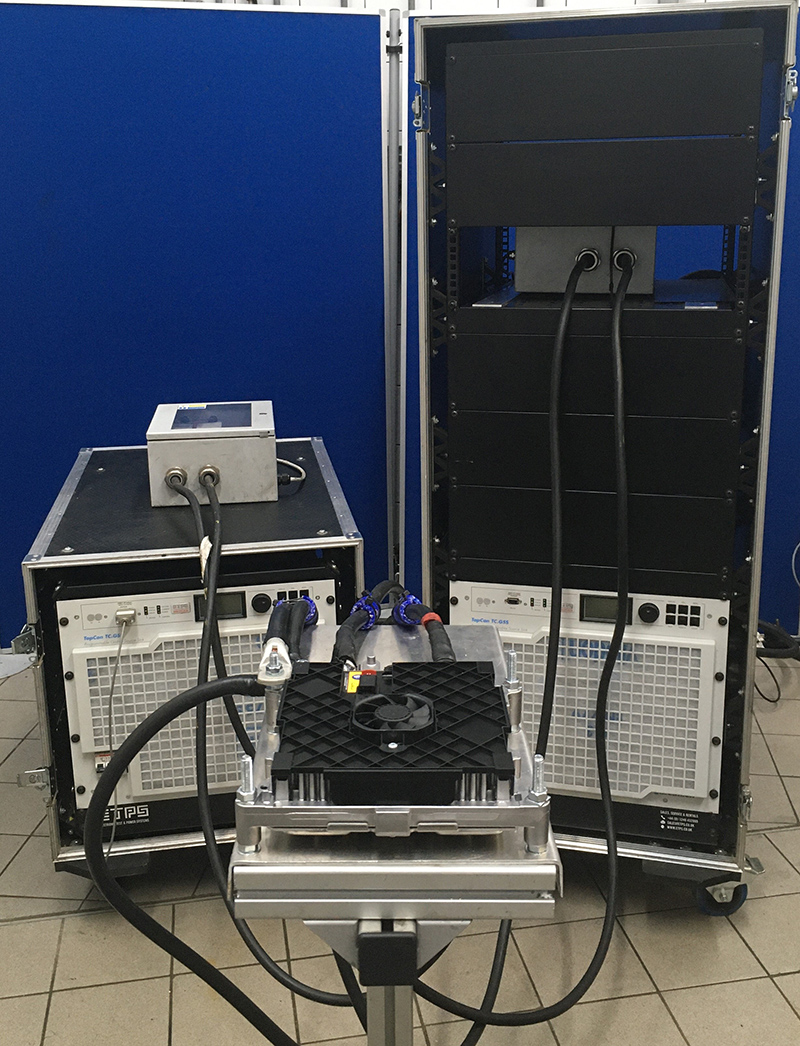Reducing CO2 emissions: High growth Eco-innovation in UTAC CERAM Millbrook

Thanks to innovative testing methods in the field of eco-innovation, at its French and UK sites, UTAC CERAM Millbrook has increased from 30 reports issued in 2018 to more than 480 in 2020.
These figures are not surprising when we know that since 2012, the group has positioned itself as one of the pioneering test centres in this sector by testing in particular high-efficiency alternators and led headlights. In 2011, the European Commission adopted a regulation allowing the valuation of "Eco-Innovations" within the framework of CO2 monitoring to encourage the automotive industry to invest in new technologies to reduce CO2 emissions from M1 and N1 vehicles. A technology can be considered eco-innovative if it meets a certain number of criteria (novelty, contribution to significant CO2 savings, does not enter into the determination of the level of CO2 emissions emitted by the vehicle) and whether it is intended to improve the propulsion of the vehicle or the energy consumption of the compulsory equipment, without compromising safety.





